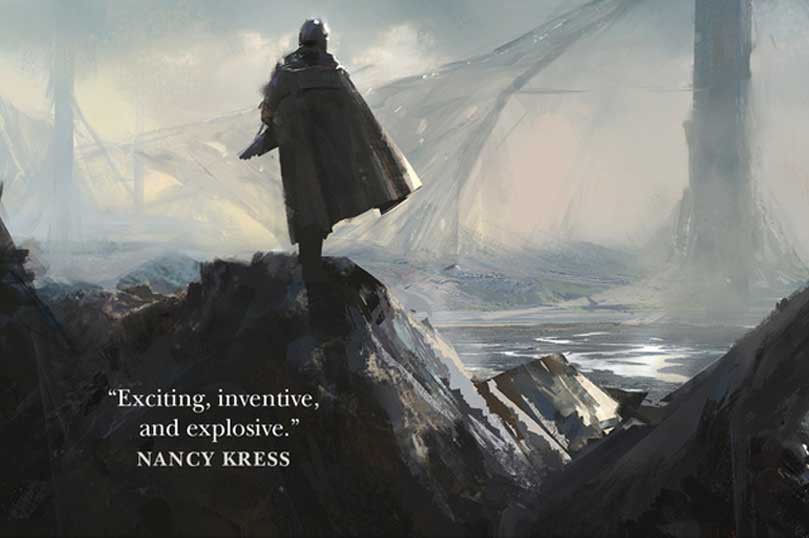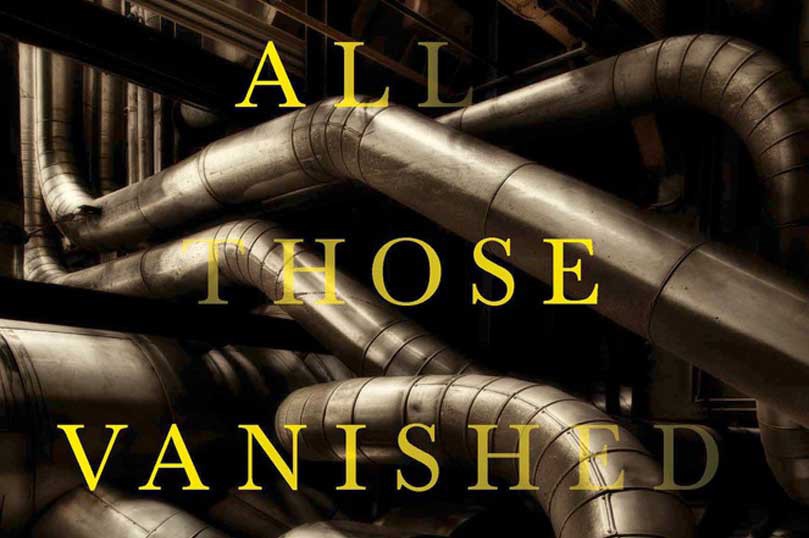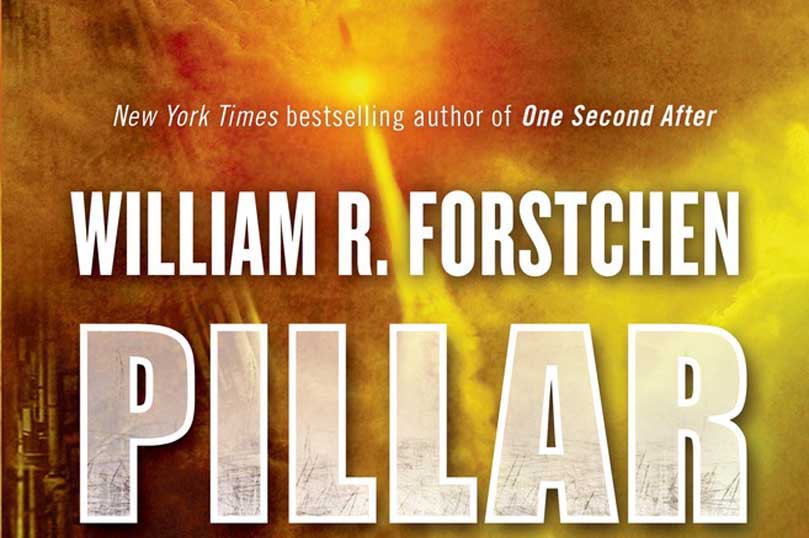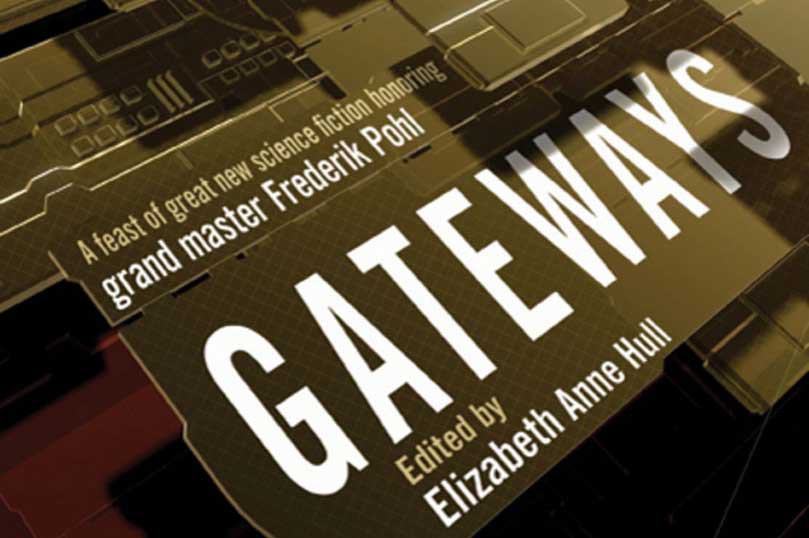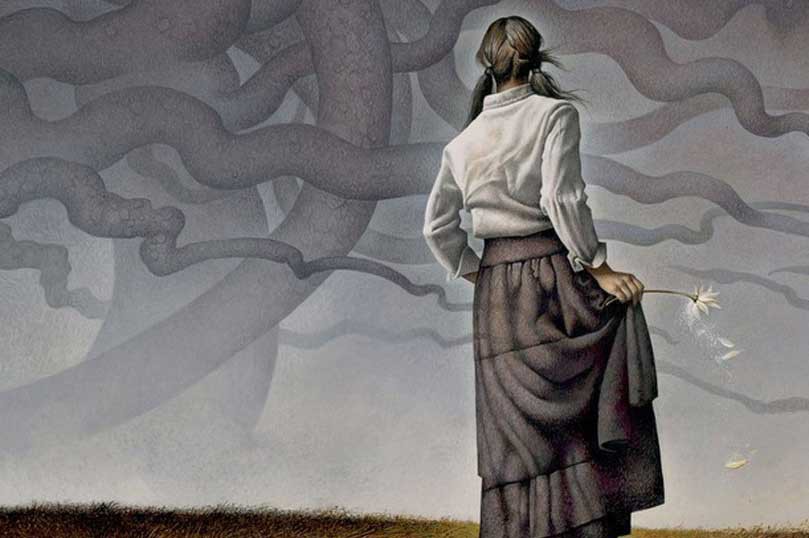Written by Patrick Swenson
I’m supposed to avoid “how I got my idea” topics for this post, but I’m still going to mention ideas. I’m mentioning ideas because the heart of science fiction is the idea. Science fiction is the genre of cool ideas. It’s all about the awe and sense of wonder.
That’s what brought me into science fiction. As a young boy, it was Victor Appleton’s Tom Swift and His [Insert Cool Idea Here], and it was Star Trek and Twilight Zone. In junior high, it was Frank Herbert’s Dune. In high school it was Ursula K. LeGuin, Arthur C. Clarke, and Robert Heinlein. It was Star Wars and Close Encounters of the Third Kind. In college, it was Philip K. Dick and Joan Vinge, and a hundred other writers. I read all the Hugo Winners collections, and I was awed, and I wondered…
The Ultra Thin Man is my first published novel, but I’ve been writing a long time. By the time I read Dune, my love of SF had me believing I couldn’t write anything else. When I read SF, I explored the writers of the Golden Age, the inward journeys of the New Wave, and I was taken in. You know the phrase the willing suspension of disbelief? Yeah. I was totally willing.
I found out that the willing suspension of disbelief meant that as a writer of SF I was allowed a few “gimmees.” You know what I mean: Warp speed and faster-than-light travel. Blasters and diabolical galaxy-shattering weapons. Indeed, The Ultra Thin Man has some gimmees. My main character carries a blaster that’s never described. Humans and aliens alike get from one colony world to another via the “jump slot,” and I don’t describe it in any great detail, other than one instance from a pilot’s point of view, prepping a shuttle for departure. The Ultra Thin Man pays homage to the days of the pulp novel. When people ask me what kind of book The Ultra Thin Man is, I tell them it’s an SF noir mystery thriller Golden Age space opera. Well, kinda.
When I started the book, I was in the dark. I had a title. I had characters unraveling mysteries for a living. I put gigantic obstacles in their way. I introduced a galaxy-shattering threat, with very few leads, and I told them, “You’re the detectives. You figure it out.” When I wrote the book, I experienced the same awe and sense of wonder I felt when I read SF, because I was along for the ride, enjoying the plot twists and nodding in appreciation at the cool ideas. Eventually I discovered the truths these characters were searching for amidst the backdrop of the Union of Worlds.
Some science fiction is magic, really, and that’s okay, because I like story. I don’t need to analyze it. I want to find out what characters will do when antagonists bar their way. I want to learn something worth knowing. I want to explore the interrelationships between humans and technology. I’m not much of a science geek, but some of what I read about new or future science makes my head spin (in a good way). SF opens new horizons for my thinking. Suggests possibilities. I become better acquainted with my own world and culture.
But. I also read for pure entertainment and escapism. Story is king, characters are in charge, but sometimes, I just want to be wowed by cool ideas.
…………………………
From the Tor/Forge August newsletter. Sign up to receive our newsletter via email.
…………………………
More from the August Tor/Forge newsletter:
- Pacing Doesn’t Just Mean Wearing a Groove in the Floor by John Scalzi
- On the Road: Tor/Forge Events in August

